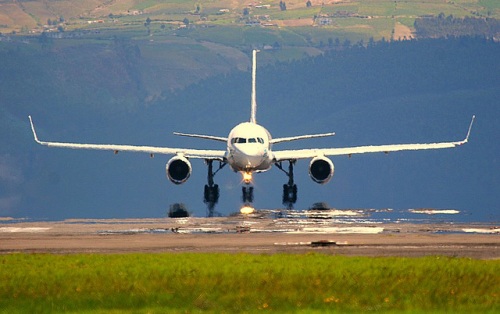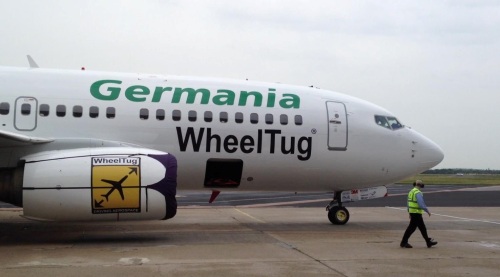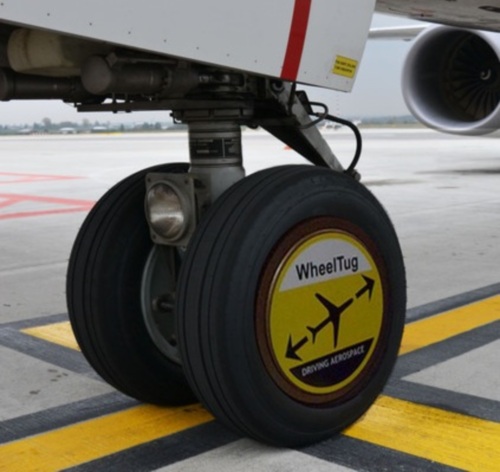Did you know that, annually speaking, airlines burn through tons upon tons (upon tons) of fuel taxiing from the boarding gate to the runway?

That’s because today’s jet liners have only the main engines they use for propulsion on board. As a result, the added operating expense for traveling this relatively minor distance is about $1.1 billion.
Thanks to modern-day technology, though, there IS a solution: the WheelTug e-taxi system from Borealis Exploration Limited.

Basically, what you’re looking at above is an induction motorized ground propulsion system mounted to the nosewheel of the plane. All things considered, it’s pretty small. It’s less than five inches in diameter and weighs close to 300 pounds. But this tiny piece of technology has a lot of pull to it: the system can produce 6,000 kN of force, way more than what’s necessary to push a 200,000-pound 737 from gate to runway.


“The idea of putting an on-board electric drive system on aircraft is not new, since there are so many clear advantages,” Isaiah Cox, WheelTug President and CEO, said in a statement. “But until recently there was no electric motor technology with the capability to produce the required high torque for its small size, weight and safety profile to make it possible.”
Worth noting is that the motor is in no way, shape, or form connected to this plane system. Instead, it’s powered by the aircraft’s auxiliary power unit. This means the plane’s flight crew need only rev up the main engines when ready for takeoff, thereby saving fuel, time, maintenance, and, perhaps most important, money.
“We believe on-board electric motors have a great many advantages,” added Bob Carman, Chorus Motors' WheelTug program manager. “They could reduce the need for ground tugs and their associated costs, allow faster flight turnarounds and increased fuel efficiency per trip, and reduce airplane noise and emissions at airports, to name just a few advantages.”
The WheelTug e-taxi system is expected to reduce the cost of each aircraft by approximately $500,000 a year, or roughly $700 per flight (no word on whether the airlines will be passing on those savings to the customers in the form of reduced ticket fees and free baggage checks).
Check out the WheelTug system in action in the video below. It’s been in the works for a while now, but the group’s first wheel (designed for the Boeing 737NG) has just entered service with El Al airlines.
Learn more at wheeltug.com
Advertisement
Learn more about Electronic Products Magazine





